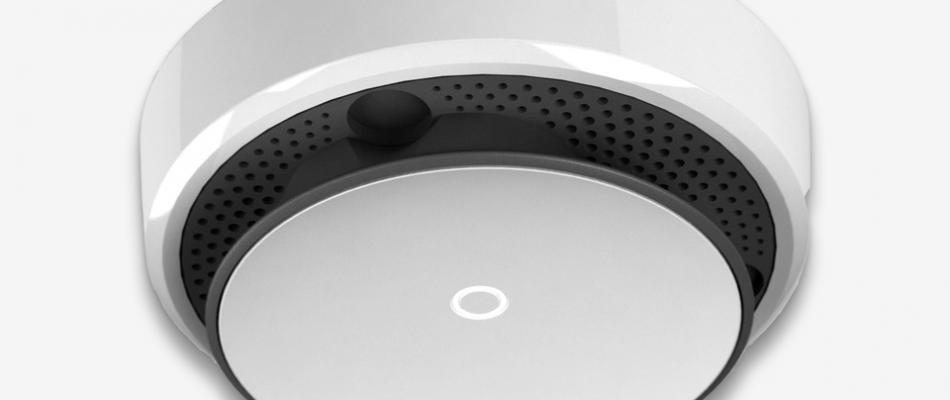The DIN 14676-1 standard, updated in September 2023, focuses on requirements for the planning, installation, operation, and maintenance of smoke alarms in residential buildings, apartments, and rooms with similar residential use. It aims to enhance safety in case of fire by standardizing the use and maintenance of smoke alarms. Here's a summary of its key aspects translated into English:
- Scope: This norm applies to smoke alarms certified according to DIN EN 14604 and used in residential buildings, apartments, and similarly purposed rooms.
- Planning and Installation: Smoke alarms must be installed in a way that ensures early detection of fire smoke. The norm provides specific recommendations for their positioning, such as placement in the center of the room or maintaining certain distances from walls and objects.
- Operation: The norm offers guidance for operating smoke alarms, including revising the installation in case of structural changes or changes in room usage.
- Maintenance: Regular inspections are mandated, encompassing both visual checks and functionality tests. Different inspection intervals and methods are defined based on the smoke alarm's design (A: on-site only, B: remote and on-site inspection, C: full remote inspection).
- Networking: The standard allows connecting smoke alarms to each other or to a central alarm system to optimize warning in case of danger. However, restrictions apply to connecting smoke alarms to fire alarm systems, which are subject to separate regulations.
A key update in this standard is the introduction and normalization of remote inspection, which enables the functionality of smoke alarms to be partially or fully checked and documented remotely, reducing the maintenance effort and enhancing safety through timely checks.
The standard categorizes smoke alarms into classes (A, B, C), with stand-alone alarms classified as Class A and currently available in the market. Class B and C alarms, intended for advanced monitoring and inspection processes.
Additionally, DIN 14676-2 complements DIN 14676-1 by specifying requirements for the qualification of professionals and service providers in the field of smoke alarms, ensuring proper installation and maintenance.
For more detailed insights and the full scope of DIN 14676-1 and its implications, it would be best to refer directly to the official documentation of the standard.

